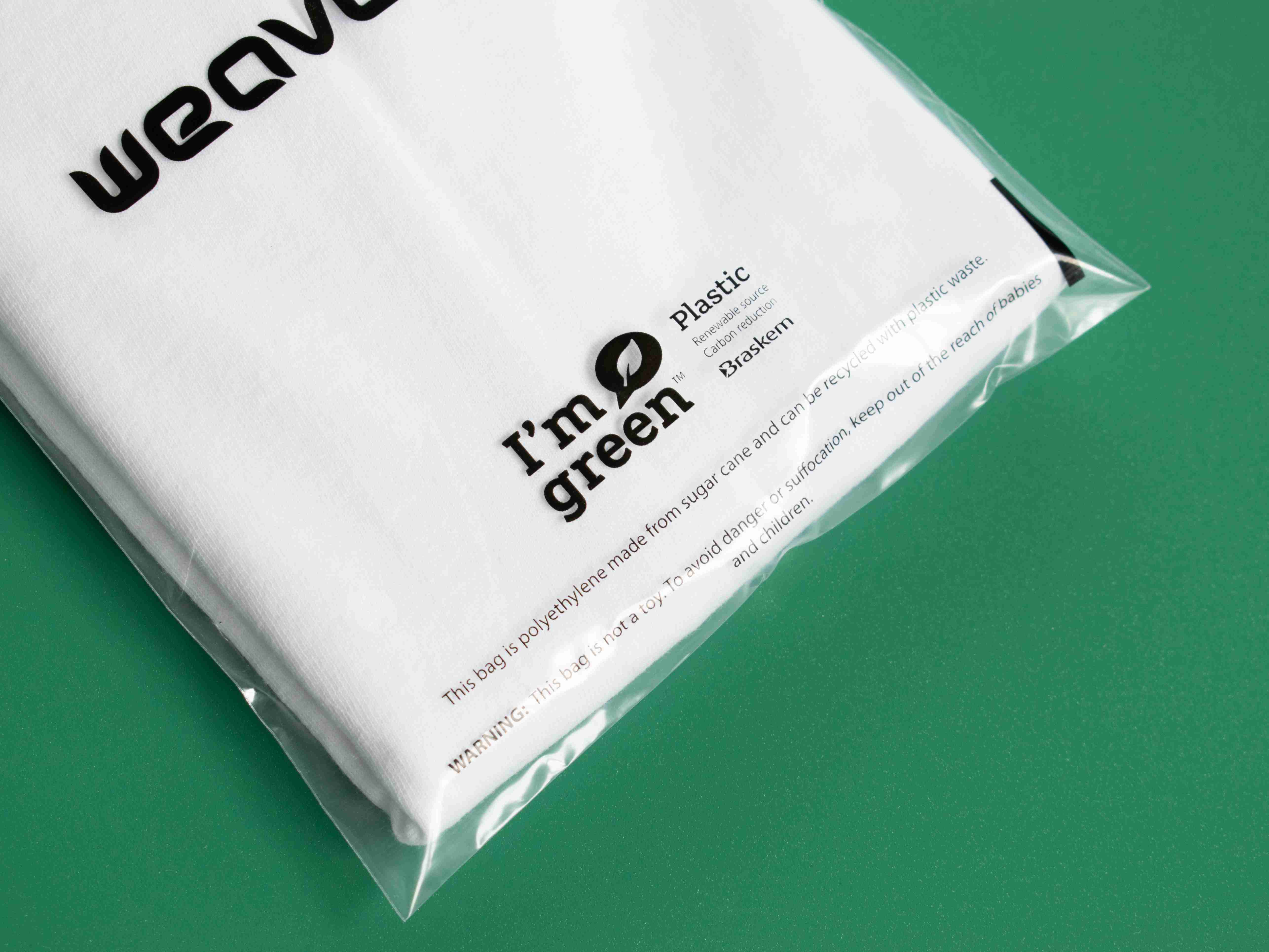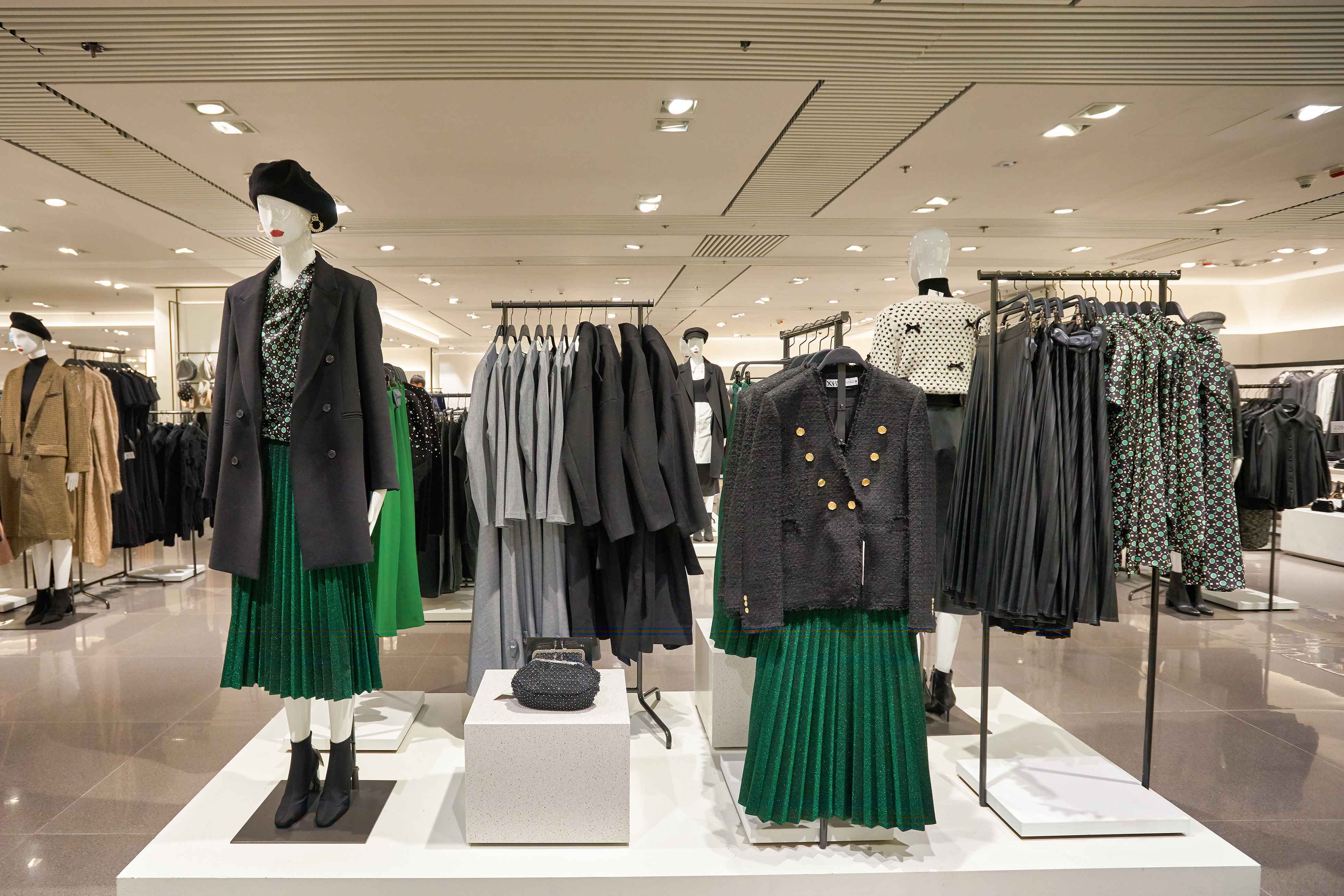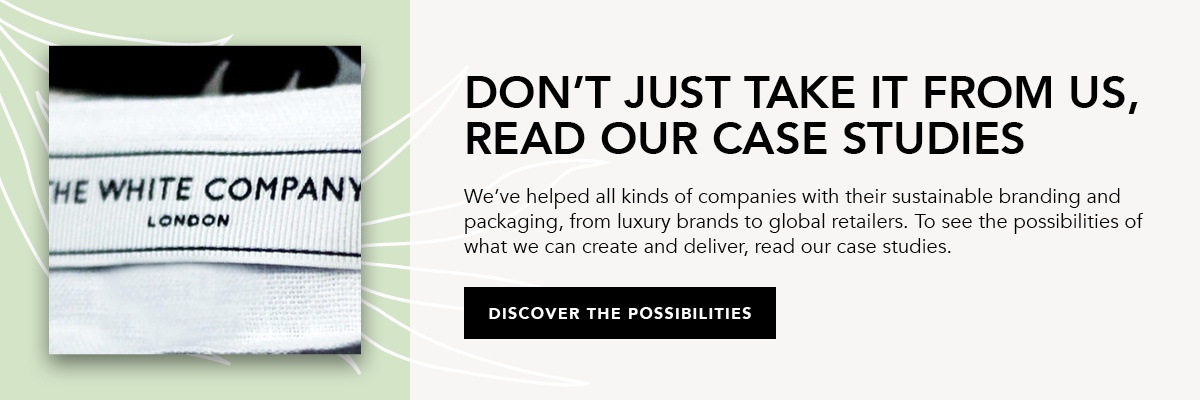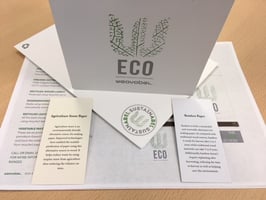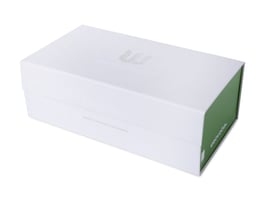How Packaging and Supply Chain Unlock Sustainability
The role of packaging in supply chain management can directly impact how sustainable your brand is. Find out more about the relationship between the two.
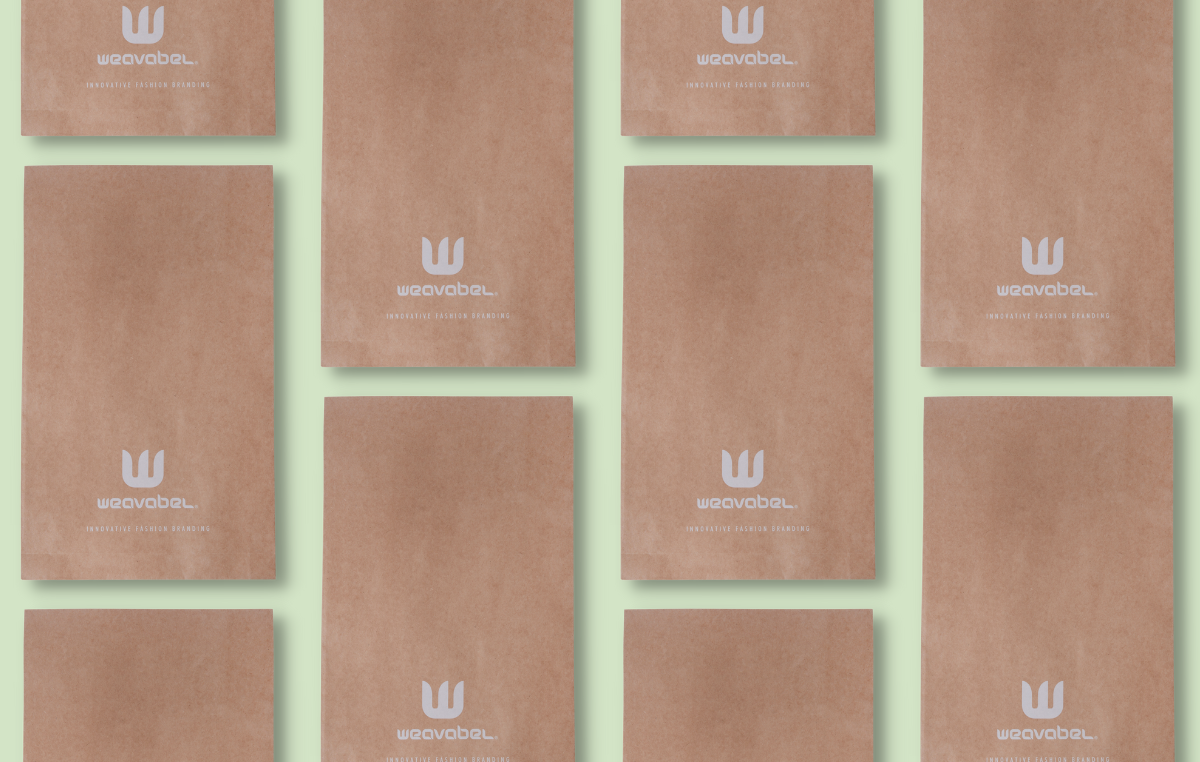
Governments across the globe are signing legislation promising to battle climate change, reduce carbon emissions and protect the planet. Consumers also want to do their part, but brands must offer sustainable options.
People are getting more particular with who they buy from, so you should make sustainability a primary focus throughout your business — including the importance of packaging in supply chain management.
But how does packaging and your supply chain work together to unlock new sustainable opportunities? Let’s take a look.
Brands Are Adopting Sustainable Initiatives
It’s a competitive world for brands. Not only do they need to meet consumer demands and adopt more sustainable initiatives, but they also need to stay ahead of the competition.
75% of consumers are willing to pay more for sustainable packaging.
That’s why there’s such a big focus on sustainable packaging — when you use less packaging and lighter materials for your products, it reduces costs throughout the supply chain.
With many big-name brands focusing on the supply chain when regarding eco-friendly packaging, it makes sense for others to do the same.
- Zara ships to customers using 100% recycled boxes with no single-use plastic to help reduce waste levels by 2025.
- The White Company has switched to using recycled LDPE poly bags — a more sustainable and transparent solution.
- Ganni partners with RePack reusable packaging to reduce single-use waste and CO2 emissions by up to 80%.
Start By Focusing on Your Supply Chain
A key objective of green supply chain management is to relieve some strain on the planet while catering to customers looking for eco-friendly alternatives. The way current trends are playing out — like using fewer materials, not using paper and wood or focusing on reusability — you should do your part.
How do you go about doing it?
Identify How You Currently Use Packaging
As a brand, you’re already using packaging for your products. Before making drastic (and necessary) changes to your supply chain, figure out how you currently use packaging in terms of materials and volume. This data will help you pivot and help you achieve green packaging supply chain objectives.
Start by looking at all your products and the packaging you use for each, including the supply chain packaging and the packaging you send to your customers.
Once you have this for all your products, store it in one place to compare how packaging differs between product types, locations and every other part of the supply chain.
Now it’s time to be critical and chop down the wasteful packaging you don’t need. Look through your packaging and decide on the materials that take up the most resources. When you identify these, you can find eco-friendly replacements.
Work With the Right Supply Chain Partners
Once you understand how your brand uses packaging, you can start looking for sustainable alternatives. Here, you’d need to research packaging supply chain partners and find the ones that help you meet your sustainability objectives.
When you have your shortlist, ask about their eco-friendly packaging options, starting with your products that use the most wasteful packaging. Tackle this first, so you start with a much bigger impact. Then, explore the types of different materials you can adopt to reduce your environmental impact. However, it’s crucial that although the materials should be good for the planet, they should protect your products during delivery.
Some companies can take care of the process end-to-end. At Weavabel, we’re equipped with the latest technology to work with you to create sustainable packaging concepts, turn ideas into technical drawings and transform them into branded eco-friendly packaging you can use for your premium products.
You can also gain insight into future packaging trends that you can either begin adopting early or know what changes you’ll need to make in your offering soon.
Make Traceability A Priority
In today’s eco-conscious world, it’s not as simple as doing the work and announcing that you're ‘sustainable’. With the increasing accusations of greenwashing, customers and regulatory bodies need the proof, and rightly so.
It’s essential to build traceability into your supply chain and ensure it’s a focus for your packaging partners. It allows you to collect, consolidate and share data that proves your sustainability credentials.
QR codes are a great way of ensuring the sustainability and traceability of your packaging products. Consumers can scan and access the packaging history and credentials, mapping it back through the supply chain. It also presents a clever marketing tool for your brand, enhancing the sustainability experience for your customers.
Traceability also allows you to ensure that your packaging is certified. Validation and AI engines can extract data and certificates for multiple certifications, such as GRS, RCS, GOTS and more.
Keep Making Improvements
Once you’ve identified your wasteful packaging and replaced it with sustainable alternatives, it shouldn’t end there. Now, you need to continue collecting data about your packaging and the worldwide trends so you can continue developing even more sustainable packaging alternatives.
Some areas you can analyse include:
- How much does the logistics cost now with less packaging compared to how much you were being charged with your old packaging? You never know — it could lead to lower rates.
- Analyse the new packaging material use and see if there are other new materials you could switch to for a bigger environmental impact.
- How are consumers feeling towards your packaging? Are they buying more and making it known that they appreciate your efforts? If the signs are good, it shows your consumers want greater sustainability.
- Regularly audit your packaging process to identify how to streamline your packaging and distribution even more without impacting your sustainability efforts.
- Poly bags are an essential packaging component in supply chain management, protecting products as they move through the supply chain. But they’re single-use plastic, which poses a problem. Swap for sustainable alternatives such as eco poly bags to help you reach your targets.
You can genuinely reduce waste and develop sustainable packaging consumers desire by maintaining close relationships throughout the supply chain. It might sound like a big jump, but eco-friendly packaging is attainable regardless of your supply chain's complexity.
Take A Step In the Right Direction
One thing is clear — you can’t afford to hold off on your sustainability plans. Start your journey towards transitioning to sustainable packaging in your supply chain today.
Our Eco Poly Bag Guide shows you a taster of the options we offer to help reduce your use of single-use plastic while maintaining effective supply chain management.
Download your copy to see how we can help you meet your sustainability targets.

